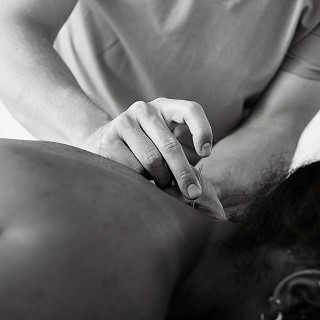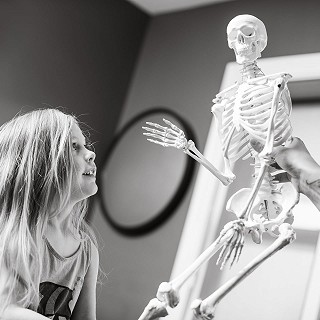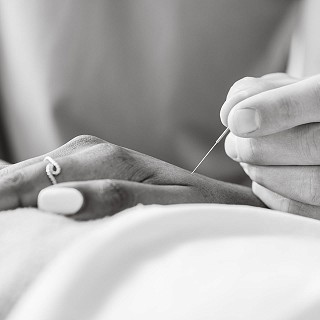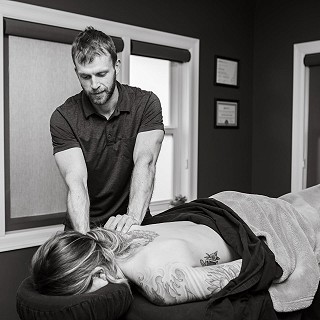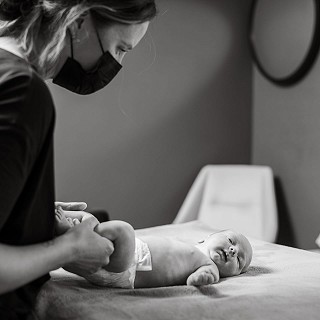Walking is Good for Your Heart
Study after study confirms that moderate physical activity, such as walking, is associated with a host of positive health results, including preventing heart disease.
Walking is a form of aerobic exercise and is one of the easiest ways to boost your physical activity and improve your health. Physical activity increases your heart rate, strengthens your heart, and improves blood circulation through your body, carrying more oxygen and nutrients to your organs. Physical activity also assists your lungs’ capacity to take in oxygen, lowers blood pressure, helps lower body fat and improves blood sugar and cholesterol levels.
The key is to walk fairly briskly, 5-6 km/per hour, and for 30-60 minutes at least five days a week. This can cut your risk of heart disease by 40 percent. In order to lose weight, at least 60-90 minutes of daily, moderate-intensity walking is necessary, according to guidelines from the American College of Cardiology and the American Heart Association. Walking can also benefit those with a history of heart problems. Whether you have a history of heart disease or not, however, it is important to check with your doctor first before beginning any kind of exercise program.
Did You Know?
Previously sedentary, middle-aged or elderly people can get significant health benefits from simply strolling around the neighborhood every day. If your neighborhood isn’t conducive to walking, try the mall, a health club or a home treadmill.
Your heart is a muscle. Exercise, such as walking, strengthens that muscle and makes it pump more efficiently, delivering more oxygen and nutrients to the other organs. In addition to improving your heart health, walking can help prevent diabetes, hypertension, fight depression, help prevent osteoporosis and bolster your immune system.
The recommendation is for at least 30 minutes of moderate-intensity activity, walking 5-6km/ per hour counts, on most, if not all, days of the week. Performing the recommended amount of exercise is the equivalent of burning 600 to 1,200 calories per week.
What Studies Have Shown
Walking at a moderate pace, 5-6km/per hour for up to 3 hours a week or 30 minutes a day, can cut the risk of heart disease in women as much as 40 percent, a 1999 Harvard study showed. The benefits to men are comparable. The benefits are the same as would be obtained from aerobics, jogging or other types of vigorous exercise.
Walking 30 minutes a day or engaging in other forms of moderate exercise will reduce your risk of heart disease, even if you are unsuccessful in losing weight , reducing your high blood pressure or reducing levels of cholesterol.
An analysis of numerous studies on walking and heart disease concluded that the risk for developing heart disease decreases as the amount of walking increases.
Walking should be prescribed as an evidence-based, effective exercise therapy for heart disease prevention in the general population.
No-Bake Energy Bites

Ingredients
- 1 cup (dry) oatmeal (I used old-fashioned oats)
- 2/3 cup toasted coconut flakes
- 1/2 cup peanut butter
- 1/2 cup ground flaxseed or wheat germ
- 1/2 cup chocolate chips or cacao nibs (optional)
- 1/3 cup honey or maple syrup
- 1 Tbsp. chia seeds (optional)
- 1 tsp. vanilla extract
Instructions
- Stir all ingredients together in a medium bowl until thoroughly mixed.
- Cover and let chill in the refrigerator for half an hour.
- Once chilled, roll into balls of whatever size you would like. (Mine were about 1” in diameter.)
- Store in an airtight container and keep refrigerated for up to 1 week.
Tip: Substitute in your favourite nut butter (almond butter, sunflower seed butter, etc.) for the peanut butter. You could also add in some wheat germ in place of some or all of the flaxseed. Caution, though, against substituting agave nectar for the honey, as the honey’s thickness helps hold things together.
Serves: about 20-25 balls
Soleus (Calf) Stretch
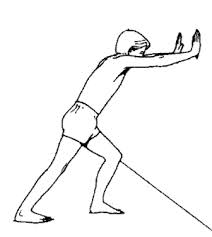
- Stand in front of a wall with one leg ahead of the other and both feet pointed towards the wall.
- Place your palms on the wall at shoulder height for support.
- Bend the knee of your back leg and press the heel into the floor.
- Lean your hips forwards, pushing into the wall and feel the stretch in your back leg.
- Hold the stretch for 30 seconds and repeat with the other leg.
